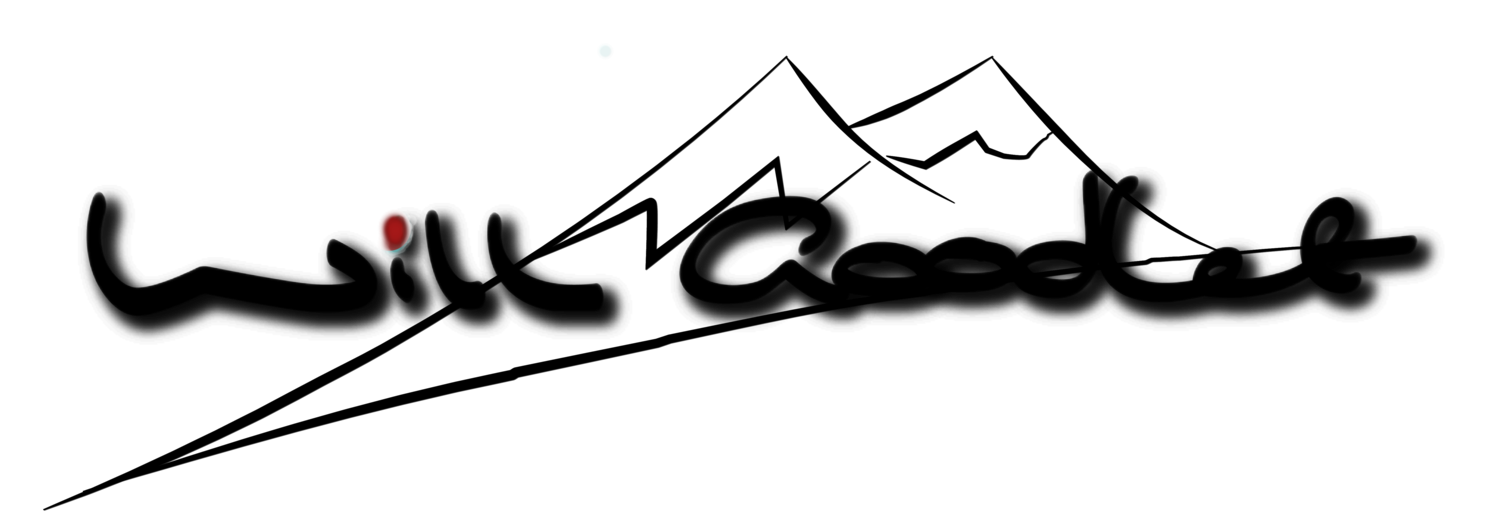Your Camera is Lying about Shutter Speeds
Hey did you know that the shutter/exposure times marked on your camera are often incorrect? Sometimes they are out by as much as two seconds!!
I discovered this the hard way by trial and error but now that I think a little more about it, it makes perfect, if confusing, sense.
When we change the exposure on a camera we generally move up or down in fractions of Stops. But just what is a ‘Stop’?
Kasanka Bat Migration, Zambia at 1/256th of a second.
It’s not really anything really, it’s not like a centimetre or a temperature - what actually does it represent?
I like to describe it as a mark on a scale and not as any particular point. It is useful in photography because the scale we are talking about is the relative change in image brightness caused by adjusting values that affect exposure.
These values are Aperture and Shutter Speed and as far as the real values are concerned, the actual measurements, they don’t really relate to each other that well. What does it mean for Aperture, for example, if a shutter is open a fraction of a second longer? They don’t relate because one is a measure of time and the other is a ratio related to area and focal length.
Forest Stream, South Africa at 10.64 seconds
This is where Stops come into their own. A Stop simply means an equivalent change in exposure on either of these two scales. We move up or down to a different mark on the scale, the precise value of the mark is not as important as its meaning: The meaning is that a move of one Stop on one scale has the same effect as a move of one Stop on the other scale.
Did I just complicate a simple concept? I hope not!!
A Stop is a doubling or halving of the (I hesitate to use the word) ‘amount’ of light. The light is adjusted by either doubling/halving exposure time (shutter) or doubling/halving the area of the Aperture.
10.64 seconds over Kubu Island, Botswana
So how come this is inaccurate on your camera? Well, I’d guess it was done to simplify things and I’d also guess that, at least for film, it didn’t make much difference (because of the way film behaves with over exposure - i.e over exposure is not that bad whereas for digital it IS bad).
Let’s take an exposure of 1 second. To move one Stop up we need to double it. Fine, we get two seconds.
Double it again and we get 4 seconds. Once more, we get 8 seconds. Double again and we get 16, finally, doubled again we get 32 seconds.
If you haven’t cottoned on, let me ask you, can you find 16 and 32 seconds on your camera?
I can’t.
To be fair, this never bothered me in the least until I started to get into timelapse and astro, because both of these pursuits employ accurate intervalometers or require an accurate shutter duration (to prevent star trailing).
1/1364th of a second at Rietvlei.
Once we start to try to make a bunch of equipment talk to each other, or run to the same timings then the fact that the indicated exposure on the camera is inaccurate becomes a little bit of a mystery.
One starts to question one’s sanity. Why does the rail start moving before the exposure is complete (accompanied by much gnashing of teeth)?
Why are my stars trailing (displaying movement) after my painstaking calculations of exposure time?
Well, the answer is simple. It’s because 2 x 8 is 16 and not 15. And 2 x 16 is 32 and not 30.
When your camera fires at 15 seconds, it is actually open for 16. The same is true at 30 seconds. It is really 32. Time it, I dare you!
I haven't checked but I would also wager the same is true of the fractional exposures. 1/15th, 1/30th 1/60th, 1/125th and on...
I'd agree that displaying a speed of 1/8192th of a second might be a little pedantic. It certainly would not affect our rail or intervalometer timings the way the inaccuracy at the other end of the scale does.















